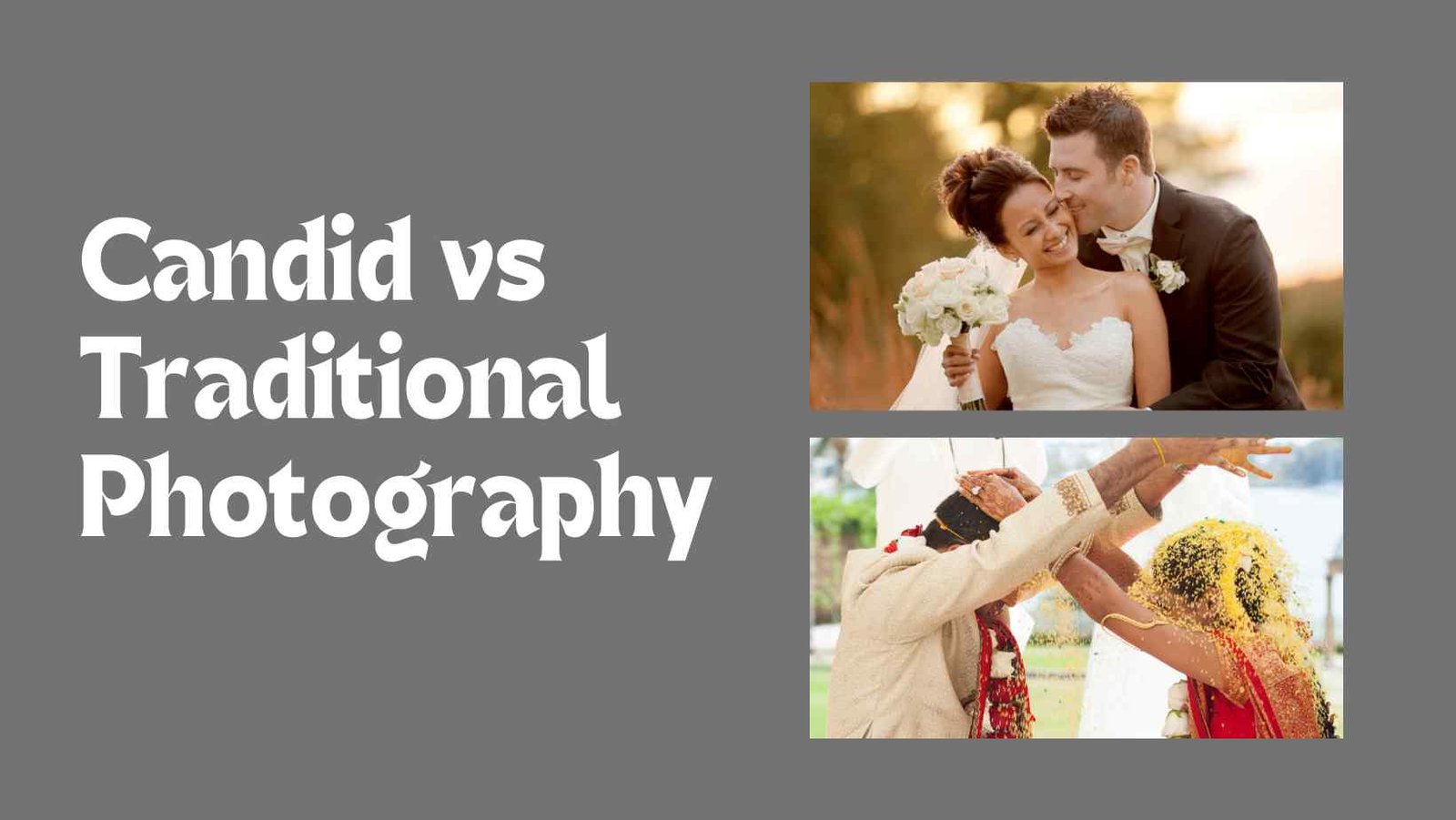Guide to Lifestyle Photography has come to be more and more famous. Unlike conventional portrait or studio pictures, life-style images goals to capture candid moments and true feelings in actual-existence settings. Whether you’re an aspiring North Dakota industrial photographer or absolutely someone trying to enhance your photography abilities, this amateur’s guide to life-style photography will assist you understand the fundamentals and techniques needed to create compelling photos that tell a story.
Understanding Lifestyle Photography
Guide to Lifestyle Photography is set storytelling. It’s approximately shooting moments that mirror the essence of regular existence, whether it is a circle of relatives gathering, a day on the seashore, or a quiet second at home. Unlike staged or posed photographs, way of life images seeks to seize real feelings, interactions, and environments.
Essential Equipment
You don’t need steeply-priced equipment to get began with life-style photography. A simple DSLR or mirrorless digicam with a flexible lens, including a 35mm or 50mm high lens, is sufficient. However, the maximum important equipment you want is your creativity and an eye fixed for taking pictures the splendor in regular moments.
Finding Inspiration
Before you begin shooting, make the effort to discover and locate thought. Look on the paintings of different Guide to Lifestyle Photography , look at their compositions, lighting fixtures techniques, and how they capture proper moments. Pay interest to the feelings evoked by way of their photos and consider how you may contain comparable factors into your very own work.
Choosing Locations
One of the key elements of life-style pictures is deciding on the proper locations. Look for settings that replicate the way of life and persona of your topics. Whether it’s their domestic, a favourite park, or a bustling metropolis avenue, the area ought to provide a natural backdrop that complements the narrative of your photos.
Capturing Authentic Moments
The key to a hit way of life pictures is capturing true moments and emotions. Encourage your topics to loosen up and be themselves, and avoid overly posed shots. Instead, cognizance on taking pictures candid moments of laughter, affection, and interaction.
Playing with Light
Lighting plays a crucial role in any form of pictures, and life-style snap shots is not any exception. When taking pictures outside, take advantage of gentle, diffused mild in the course of the golden hours of early morning and overdue afternoon. Indoors, employ herbal moderate streaming thru home home windows or complement with synthetic lighting fixtures if crucial.
Editing for a Natural Look
While enhancing can enhance your pix, it’s essential to maintain a herbal and actual look. Avoid heavy-passed editing techniques and cognizance on subtle adjustments to colour, comparison, and publicity. The aim is to decorate the mood and atmosphere of the picture with out sacrificing its authenticity.
Practice, Practice, Practice
Like any ability, studying lifestyle images takes time and practice. Don’t be discouraged by initial setbacks or imperfect shots. Instead, use every picture shoot as an opportunity to analyze and improve your abilities. Experiment with one of a kind techniques, compositions, and lighting setups till you find your unique fashion.
Key Elements of Lifestyle Photography:
Authenticity:
Authenticity is the hallmark of lifestyle pictures. It’s about capturing real moments as they unfold, in place of staging or posing topics. Authenticity creates a connection between the viewer and the photograph, evoking feelings and recollections
Storytelling:
Lifestyle images is a shape of visual storytelling. It objectives to carry the narrative of normal life via pics that are wealthy in element and emotion. By focusing on the small moments and interactions, way of life photographers can create compelling stories that resonate with viewers.
Environment:
The environment performs a important role in lifestyle images. Whether shooting interior or exterior, the surroundings have to supplement the subjects and decorate the narrative of the picture. A properly-selected location can add intensity and context to the story being advised.
Emotion:
Emotion is the heart of way of life photography. From pleasure and laughter to disappointment and contemplation, shooting genuine feelings is fundamental to growing impactful pix. The capacity to evoke emotion in the viewer is what sets awesome way of life photography aside.
Composition:
While lifestyle images values authenticity, composition still performs a crucial role in creating visually attractive snap shots. Pay attention to factors including framing, angle, and stability to enhance the visual impact of your images.
Conclusion
Lifestyle photography is a profitable and fun genre that allows you to capture the splendor and authenticity of normal life. By knowledge the basics and techniques mentioned on this beginner’s manual, you’ll be nicely to your manner to developing lovely pix that tell compelling memories and evoke actual emotions. So snatch your digicam, head out into the world, and begin taking pictures the moments that make lifestyles in reality special.
FAQs
What are the 7 basics of photography?
There are seven basic factors of photographic artwork: line, form, shape, texture, coloration, length, and intensity. As a photographic artist, your know-how and attention of those special factors may be important to the success of your composition and help convey the which means of your photograph.
What is the golden rules of photography?
In pictures, the golden ratio may be used to create balanced and aesthetically fascinating compositions. This is accomplished by dividing the body into thirds, both horizontally and vertically, and placing the concern or key elements of the image at the intersection points of the lines.
What are the 8 essential photo composition rules?
8 of the Best Photography Composition Rules
- Always use the Rule of Thirds. …
- Frame the scene. …
- Follow the main traces. …
- Accentuate styles. …
- Get innovative with color. …
- Play with the historical past. …
- Find a unique point of view. …
- Try, attempt, and try again.
What is smart composition in camera?
Smart composition automatically levels your shot and applies the guideline of thirds concept to offset your concern, drawing the viewer’s eye into the photo. On the viewfinder, touch Settings. Turn Smart composition on or off.


